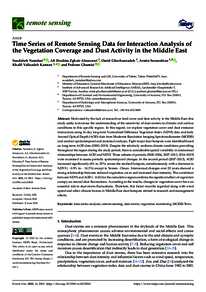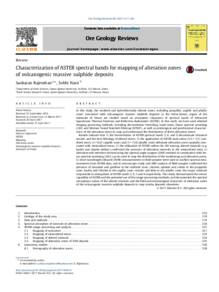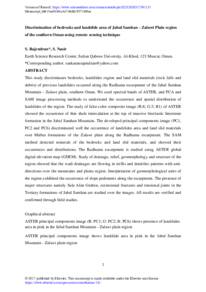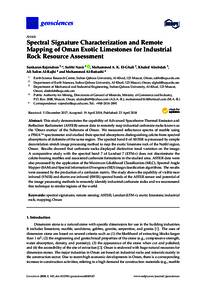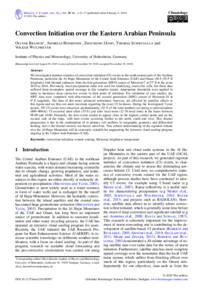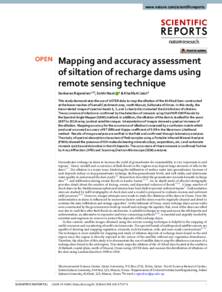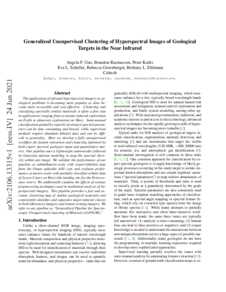Document
Time series of remote sensing data for interaction analysis of the vegetation coverage and dust activity in the Middle East.
Identifier
DOI: 10.3390/rs14132963
Source
Remote Sensing. v. 14, 13, 2963
Contributors
Alnasrawi, Ali Ibrahim Zghair., Author
Ghorbanzadeh, Omid., Author
Sorooshian, Armin., Author
Kamran, Khalil Valizadeh., Author
Ghamisi, Pedram., Author
Country
Switzerland
City
Basel
Publisher
MDPI.
Gregorian
2022-07-01
Language
English
Subject
English abstract
Motivated by the lack of research on land cover and dust activity in the Middle East, this study seeks to increase the understanding of the sensitivity of dust centers to climatic and surface conditions in this specific region. In this regard, we explore vegetation cover and dust emission interactions using 16‐day long‐term Normalized Difference Vegetation Index (NDVI) data and daily Aerosol Optical Depth (AOD) data from Moderate Resolution Imaging Spectroradiometer (MODIS) and conduct spatiotemporal and statistical analyses. Eight major dust hotspots were identified based on long‐term AOD data (2000–2019). Despite the relatively uniform climate conditions pre-vailing throughout the region during the study period, there is considerable spatial variability in interannual relationships between AOD and NDVI. Three subsets of periods (2000–2006, 2007–2013, 2014–2019) were examined to assess periodic spatiotemporal changes. In the second period (2007– 2013), AOD increased significantly (6% to 32%) across the studied hotspots, simultaneously with a decrease in NDVI (−0.9% to −14.3%) except in Yemen−Oman. Interannual changes over 20 years showed a strong relationship between reduced vegetation cover and increased dust intensity. The correlation between NDVI and AOD (−0.63) for the cumulative region confirms the significant effect of vegetation canopy on annual dust fluctuations. According to the results, changes in vegetation cover have an essential role in dust storm fluctuations. Therefore, this factor must be regarded along with wind speed and other climate factors in Middle East dust hotspots related to research and management efforts.
ISSN
2072-4292
Resource URL
Category
Journal articles

